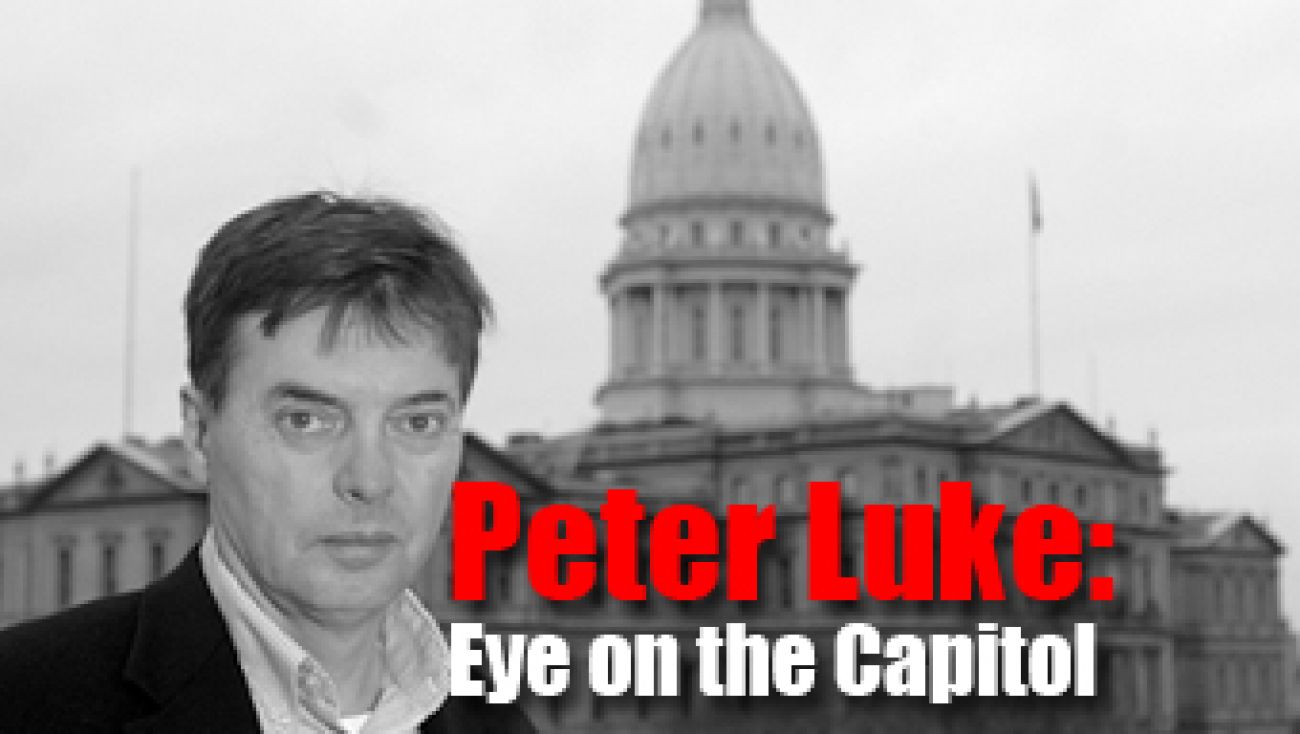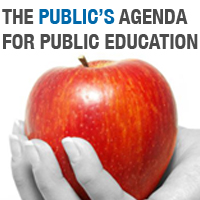Politicians talk about school funding, but numbers show failure of effort

Just how broken education spending in Michigan is will once again be on display when Gov. Rick Snyder next week unveils his budget for the 2014 fiscal year on Feb. 7.
The school aid budget has for years now illustrated the failure -- either through neglect or design -- to maintain what once was an assurance that education would remain state’s top priority, given the belief that every kid deserves an equal shot. That assurance of equity was at the heart of the Proposal A school finance reforms in the 1990s.
Concentrating spending authority for K-12 in Lansing -- a necessity for the overhaul in school finance begun 20 years ago this month – required governors and legislators to keep Proposal A's framework in repair.
Instead they've presided over its decay.
The measure’s chief promise was to bring equity to per-pupil school funding, but for the past decade the funding gap between districts that receive the maximum in state aid and the minimum has fluctuated between $1,400 and $1,100 (the current spread) per student.
Lawmakers last year approved a $120 per-student equity payment for the bottom districts. At that rate, it would take 10 years to close the current gap -- and that's only if you give the upper districts nothing.
While 76 percent of all students are in districts where the funding gap is narrower, the minimum remains $142 less per student than six years ago. The gap between the bottom and the even higher spending districts that enjoy local tax effort remains nearly $5,000 ($4,888).
Another measure to promote equity was the creation of an at-risk categorical that provided a fixed percentage of a qualifying district’s foundation grant for each student who receives a complete meal subsidy. By law, the additional funding supports programming designed to mitigate the impact of poverty on educational achievement.
In fiscal 2003, lawmakers appropriated $309 million for 445,000 eligible students, or $706 per student. A decade later in the current year, Snyder and lawmakers appropriated $318 million for 652,000 students, for a per-student rate of $488.
Proposal A linked money to bodies
Proposal A’s main policy change was the financial delivery system of the per-pupil foundation grant. Lose a student, however, and you lose $7,000 minimum, so a district gets in real trouble since its fixed costs can't responsibly fall as fast as its student population.
Four dozen districts are running deficits, half of them in the seven figures.
Declining enrollment is more a demographic fact of life in rural Michigan, where more than a dozen districts are running deficits. The school budget used to offer supplemental funding to buffer the impact of revenue loss from fewer students. It doesn’t anymore.
Another buffer that in 2003 based 50 percent of state aid on the previous year’s student count has been reduced to 10 percent. Hancock Public Schools in the western Upper Peninsula projected $6.5 million in revenue for fiscal 2012 and a deficit of $738,000. That’s not good.
Backers of school choice that also bleeds enrollment have won new expansions of charter and cyber schools. And school lobbyists are predicting that Snyder’s budget will pursue a greater expansion of choice among districts. That’s fine for students with the parental involvement required to take advantage of such options. It's not fine for the students in districts that are poorer as a result.
Michigan State University education professor David Arsen argued in a paper last fall that state policy that encourages transfer to charters and neighboring districts with higher socio-economic status causes a “self-reinforcing cycle of decline” in the districts that are losing the students.
“Between 2002 and 2010, enrollment in Michigan’s 14 central city districts declined by 36 percent, translating into a staggering foundation revenue decline of 30 percent in nominal terms or 47 percent in real terms,” he and co-author Mary Mason wrote. “District enrollment change is significantly influenced by the state’s two school choice policies. Nearly a third of the public school students residing in Michigan’s 14 central city districts attend either a charter school or a traditional public school in another district.”
Proposal A sought to narrow inequities in Michigan education. Ignoring the fact of little or no revenue growth for the past 10 years has allowed old disparities to fester. New disparities between financially stable districts and unstable ones have been created because the state has failed to compensate for the negative financial impacts of population loss and choice.
Outstate Republicans whose districts are more likely to receive the minimum state grant profess to be equity champions back home, but settle for less when it comes time to vote because the solution of more revenue runs counter to anti-tax orthodoxy. Democrats are more willing to ask taxpayers for more, but are in no position to do so given their disinterest in reforms that would allow those tax dollars to be spent more wisely.
There have been spending reforms. But they're not enough. Proposal A can't be fixed until its revenue streams are replenished.
That requires expanding the base of a sales tax that, as a share of Michigan personal income, has been in steady decline since voters agreed to increase it in 1994.
School districts should have greater, but not open-ended, flexibility to pursue local millage to pay the bills. Approval of public safety millages to compensate for declines in revenue sharing shows voters are willing to pay for services that directly benefit them.
So why do they have the right to raise taxes to keep cops on the street, but not teachers in the classroom?
Peter Luke was a Lansing correspondent for Booth Newspapers for nearly 25 years, writing a weekly column for most of that time with a concentration on budget, tax and economic development policy issues. He is a graduate of Central Michigan University.
See what new members are saying about why they donated to Bridge Michigan:
- “In order for this information to be accurate and unbiased it must be underwritten by its readers, not by special interests.” - Larry S.
- “Not many other media sources report on the topics Bridge does.” - Susan B.
- “Your journalism is outstanding and rare these days.” - Mark S.
If you want to ensure the future of nonpartisan, nonprofit Michigan journalism, please become a member today. You, too, will be asked why you donated and maybe we'll feature your quote next time!


